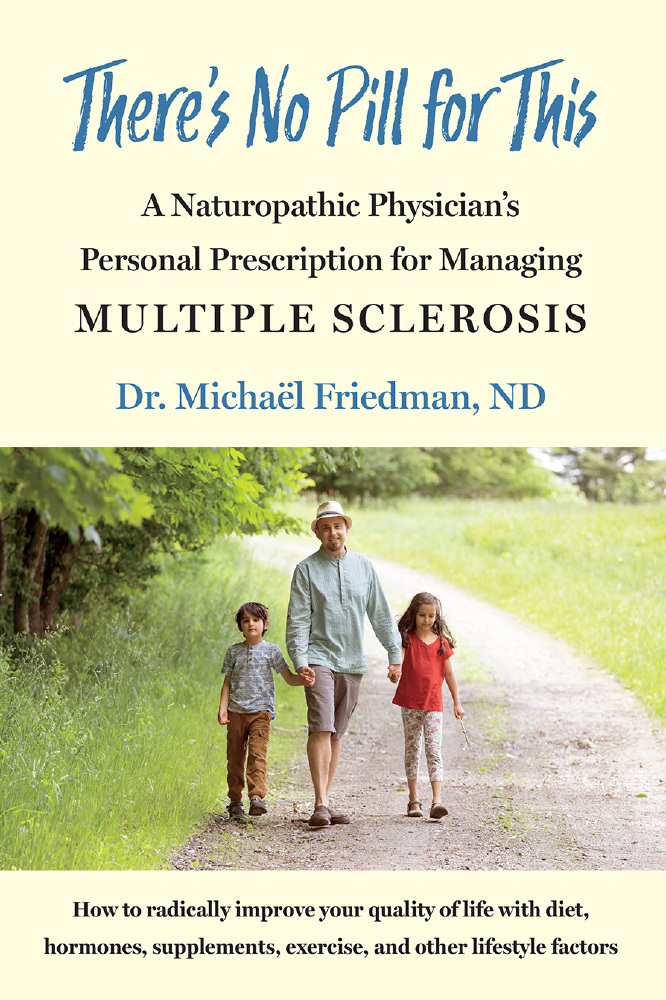If you’re living with multiple sclerosis (MS), you may have wondered about eating a healthier diet. There’s so much (often contradictory) information out there, though, it can be confusing to know where to start. Some foods can trigger inflammation, while others may be beneficial. So, here’s a quick review of common dietary approaches for MS.

There's No Pill For This
The Paleo Diet/ Wahls Protocol
The paleo diet only allows foods that our ancestors probably ate during Paleolithic times. This means lean meat, fish, fruit, and nuts (as opposed to modern staples like pizza, pies, and pastries!). It eliminates grains, most dairy products, processed foods, and refined sugar, many of which can increase inflammation. Dr Terry Wahls adapted this diet when she was diagnosed with MS. Her modified protocol includes a lot of dietary supplements and lifestyle changes, like exercise and meditation, in addition to a modified Paleo diet. She emphasises fruits and vegetables to ensure the body gets optimal nutrition.
The Swank Diet
One of the best-known diets for MS was created by Dr Roy Swank. It emphasises fruits, vegetables, and whole grains, but severely restricts fats to no more than 50 grams per day. Most people find the limitations in this diet too hard to follow. Considering the brain is composed of fat, and fat is essential for the brain’s function and repair, it doesn’t make sense to deprive a person with MS of healthy fats, like unsaturated fats, that contain omega-3s.
Ketogenic Diet
The Keto diet requires a stringent ratio of high fat, moderate protein, and low carbohydrate intake. Fruits and vegetables are considered carbohydrates, which can make this already complicated diet very restrictive, and potentially cause people to make questionable food choices.
Mediterranean Diet
This traditional diet is not specific for MS, but it’s considered one of the healthiest diets in the world. It’s flexible – you can eat vegetables, fruits, legumes, nuts, fish, lean meat, whole grains, and some dairy – and it doesn’t require calculations of ratios! It keeps saturated fat (animal fat) to a minimum, but lets you enjoy omega-3 fats and vitamin D found in oily fish, which may be protective for the brain.
Summing It Up
Follow these 7 tips to decrease foods that trigger inflammation and increase foods that may reduce inflammation:
1. Limit foods that you are allergic to.2. Eat whole unprocessed organic foods as much as possible.
3. Increase polyunsaturated omega-3 fats found in oily fish like salmon, herring, sardines, trout, and mackerel.
4. Eat monounsaturated fats like those found in olive oil, nuts, seeds, and avocados.
5. Eat at least 3 servings each per day (for 9 total servings) of leafy green veg; brightly coloured fruit and veg (berries, aubergine, etc.,); and high-sulfur containing veg (cabbage, broccoli, onion, garlic, etc.,).
6. Only eat whole grains. If you have the stomach for it, try avoiding gluten, which may trigger inflammation in some people.
7. Avoid refined sugar and diet drinks.
For more health information about living with MS, be sure to check out Dr. Michaël Friedman’s new book There’s No Pill for This (Chelsea Green Publishing, November 2020).

